Alumni Authors: And How Do You Feel About That? – Aruna Gopakumar, PGP 1993 and Yashodhara Lal, PGP 2002
Understanding mental well-being is still a largely unexplored issue in the country. Depression, anxiety, and trauma are still viewed as mental conditions that people naturally overcome with time, without intervention from experts. There is a significant gap in understanding such matters and how significantly they can affect one’s life.
Aruna GopaKumar and Yashodhara Lal’s book – And how do you feel about that? is a collection of 50 tales that demystify therapy and are written in first person from the therapist’s point of view, allowing readers to glimpse into the therapist’s mind. This book is an attempt to dispel the stigma and myths surrounding the topic of mental wellness, since everyone is entitled to excellent health – both mentally and physically.
In conversation with Ms. Aruna and Ms. Yashodhara –
Please tell us something about yourself.
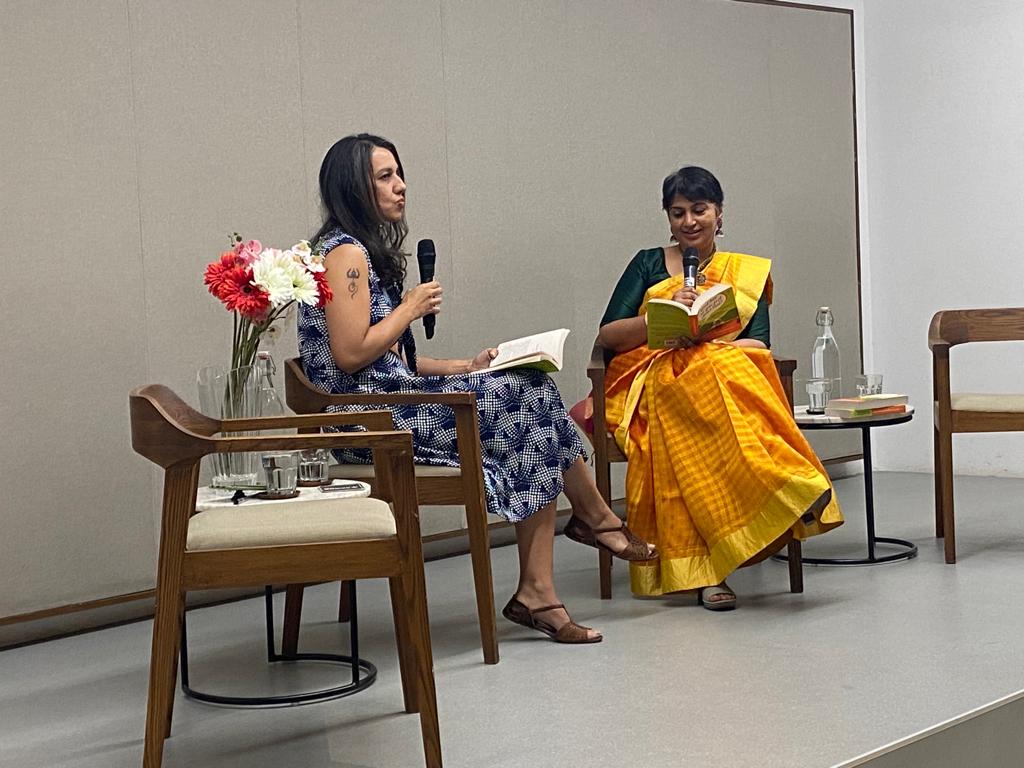
We are both IIM graduates who have nurtured and grown their passion of becoming psychotherapists specializing in Transactional Analysis therapy. Aruna graduated in 1993, and worked in IBM and Sasken, before setting up Navgati (navgati.in) which is today a well-established and sought-after leadership development firm. She is the current President of SAATA (South Asian Association of Transactional Analysts) and dedicates her time to training and supervision of potential Transactional Analysts – both psychotherapists and organisational leaders. She is an MCC level coach and a psychodrama practitioner.
Yashodhara on the other hand has worked over about seventeen years in the corporate world till a few years ago. In 2012, she published her first book with HarperCollins and has since written eight more mostly on the romance-fiction side (Just Married, Please Excuse and How I Became a Farmer’s Wife to name two), of which two are children’s books. She is passionate about fitness and has trained to be a teacher in Yoga and Animal Flow. Currently, she practises coaching and therapy and has worked with dozens of people to navigate their personal and professional lives, to discover and live up to their potential. Her practice is called Allsomeness (allsomeness.in)
Can you please tell us about your latest book – And How Do You Feel About That?: Breakdowns and Breakthroughs in the Therapy Room?
This book is a unique collection of fifty stories straight from the therapy room – these are fictionalized accounts of our actual practice and hence grounded in our experience with real people. The book demystifies therapy and is written from the therapist’s point of view in first person, enabling readers to peek into the mind of the therapist.
While we use some simple terms from TA or Transactional Analysis (the form of therapy that we practise) the book is simple enough even for a lay reader to understand the process. Our focus is on the unfolding of the story and how each client arrives at their own insight.
The book just released in December 2022, and we are delighted at the reception it’s getting! It’s getting excellent reviews, and we are constantly hearing from lay readers, trainee therapists and psychologists and even our colleagues about how engaging and rich these fifty stories are.
What persuaded you to write a book on this subject?
Ever since the pandemic, there has been a new focus on emotional and mental health – but we see that there is still so much about therapy that is misinformation, myth and taboo. This book is the result of an idea that started a couple of years ago – as part of therapy training, we were discussing cases and stories about our clients, and we realised that there was just so much insight and learning that could be put out there, to show people that therapy is a safe, creative space and that those sitting on the fence should really try it. We debated various ways of doing this, experimenting with videos, story-sharing circles and so on – but our heart was soon set on getting an actual book out there.
So we just decided to do it, and started the process of writing. We were very lucky to chance upon an editor at Penguin who loved our proposal. We signed a contract with them, and after many months of effort, excitement and of course, sometimes frustration, the book is finally out there!
Our main mission with this book is to demystify therapy and show, rather than tell, how it really works; in these light but carefully written stories, we showcase what good therapy looks like; and how possibilities open up when we are in dialogue with another. We hoped that relatable stories would help normalise conversations about emotional challenges, and encourage people to seek professional help.
We also wanted to popularise Transactional Analysis. We believe it is a potent and under-leveraged framework.
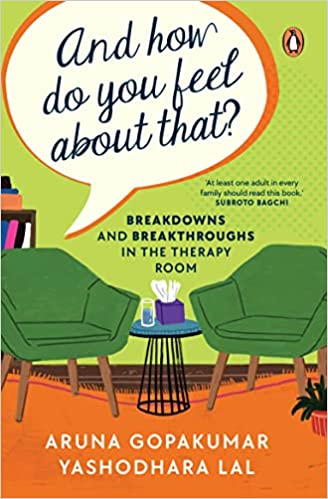
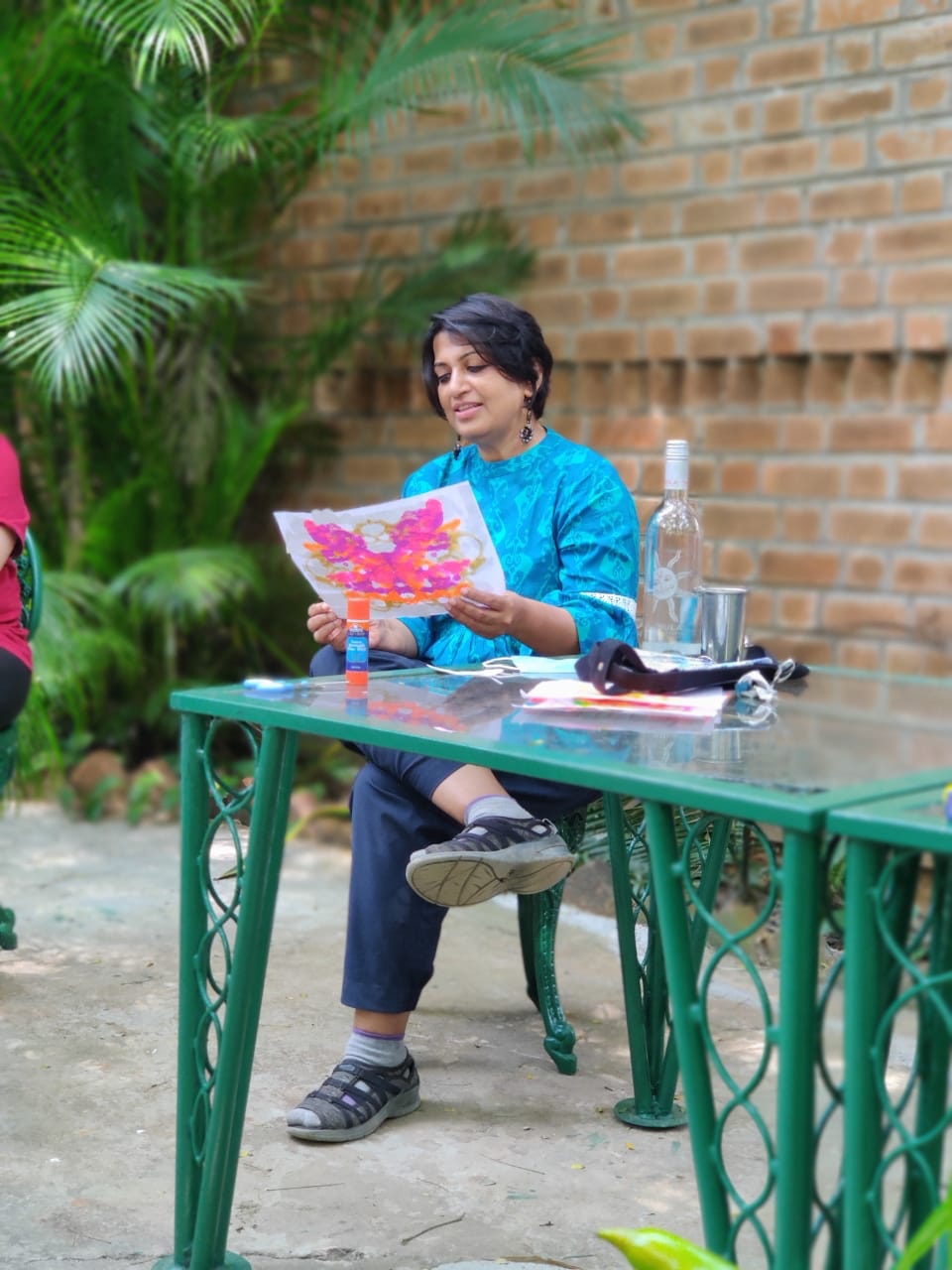
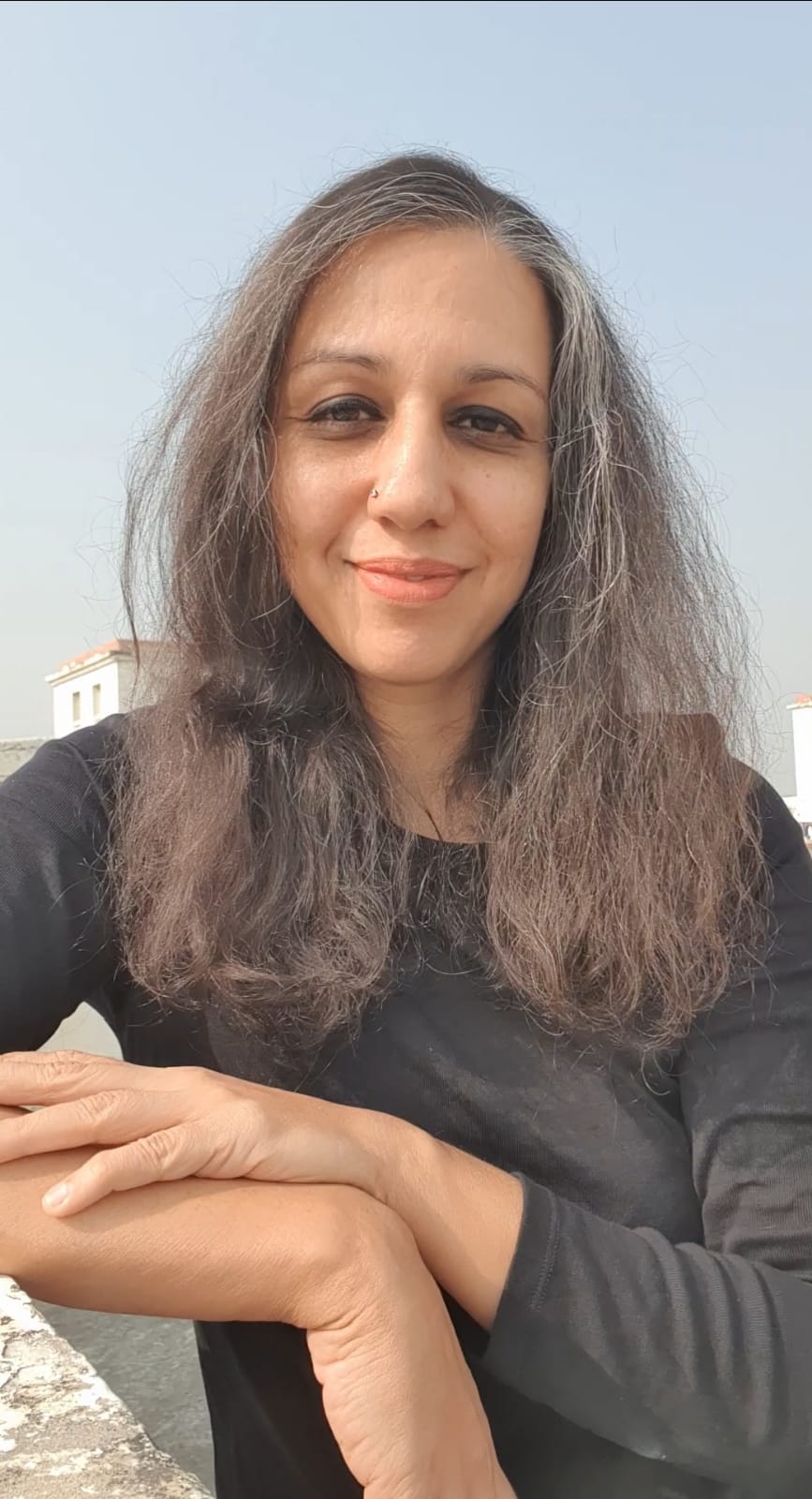
So what is TA (Transactional Analysis)?
TA is a psychological approach to understanding individuals, groups and communities. It was created by Dr. Eric Berne in the 1950s. The theories of TA explain how we became who we are, how we started our life story very early on, and how, outside awareness, this continues to influence our lives despite painful consequences.
“I’m OK – You’re OK” is probably the best-known expression of the purpose of transactional analysis: to establish and reinforce the position that recognizes the value and worth of every person. Transactional analysts regard people as basically “OK” and thus capable of change, growth, and healthy interactions.
Eric Berne’s goals were to make complex ideas more accessible. He said, “TA must be understandable to an 8 year old, a mid west farmer and an MIT professor.” So in short, TA is an easily understandable, yet sophisticated theory, that can help us understand deeply entrenched patterns and also offer us a way to transform.
Why 50 therapy stories? Why not more or less?
As it so happens, the two of us were so enthusiastic that we wrote 60 stories together, and practically forced ourselves to stop. We followed a weekly rhythm of writing and sharing stories with each other, so once we were in the flow, we just kept going! And then we had to kill our darlings, by each sacrificing about five stories each for the final book, basis the target word count we agreed with our publishers.
There is no rule around it, but fifty is a nice number that worked out well – the collection is rich and varied and we have been systematic about showcasing a range of clients, a range of issues and a range of techniques used in therapy. We have a lot more to say, and hopefully that can form material for a second book!
Can you please tell us what kind of (creative) efforts went into bringing this book together?
First and foremost, these stories are fictionalised accounts but based on our own practice. Having a reflective lens, documenting ideas and building on them as we went along was an ongoing creative effort. Then came the effort of collaboration and brainstorming, and we spent a lot of time ideating about how to shape the book, to make it interesting and relevant and to sharpen the stories.
The individual effort was to find time in our busy schedules to actually sit and write about 2000 words each week and to complete a story before our (Monday Morning!) meetings with each other.
Overall, we kept each other going, constantly bounced off ideas, and the partnership with its ups and downs helped. But essentially, it was a very rich, enjoyable process so that when we found our flow, it was almost as though the book wrote itself through us.
Given that mental health is one of the most discussed topics in recent years, why is it still taboo?
It’s true that this is a highly discussed topic, but let’s recognize that in a country of our size and one that has a large population still struggling to make ends meet, it’s as if we are still very much at the tip of the iceberg.
Having said this, even among those who can afford professional help, a focus on mental health still holds a negative connotation. Unfortunately, therapy has had connotations of shame around it, and there is a lack of information and conversation around it, so it’s likely going to take many more years before the landscape truly looks different.
In our culture especially, there are many myths that keep therapy shrouded in mystery, and some of these include ideas that it’s only for the weak or ‘crazies’; that therapists charge too much for ‘just listening’; that it’s only meant to be a last resort if you have tried everything else and are at breaking point.
It’s largely about lack of education, lack of experience and lack of conversation – it is therefore our attempt through this book to show how common it is to have emotional difficulties, to normalise going to therapy, and to showcase how it can help.
Additionally, through our Instagram handle, @inthetherapyroom, we are now supplementing the book’s content with short reels on therapy basics, mythbusting and answering audience questions; this page already has thousands of followers in just three months, and we hear from our audience how much they appreciate the simple but thoughtful content. We hope that many, many more people join the conversation, read and talk about mental health so that there is widespread change for the better in our country.
What have you enjoyed most about putting the book together? Any special experience that you would like to share?
The process of writing the book itself and our shared excitement was really special. This also led to a deepening of our own relationship – learning to navigate the boundaries of being co-authors while also maintaining a respectful trainer-trainee relationship ( and retaining our fondness for each other while disagreeing on things!) have all been special.
A special experience was the launch event last week that was held in Bangalore! We were receiving last-minute drop out messages and were beginning to feel disheartened. What ended up happening however was that over a hundred and fifty people turned up, and we fell short of chairs in the hall! Everyone was very good natured about it and it was a vibrant celebration of the book. Launch events for books these days are rare, and our editor at Penguin had flown in for this one, and everyone was surprised at the number of copies sold. Most notable was the warmth and excitement from the therapist community, and this is especially heartening for us because we hope that through professionals in the field, the book also finds its hands of many more people.
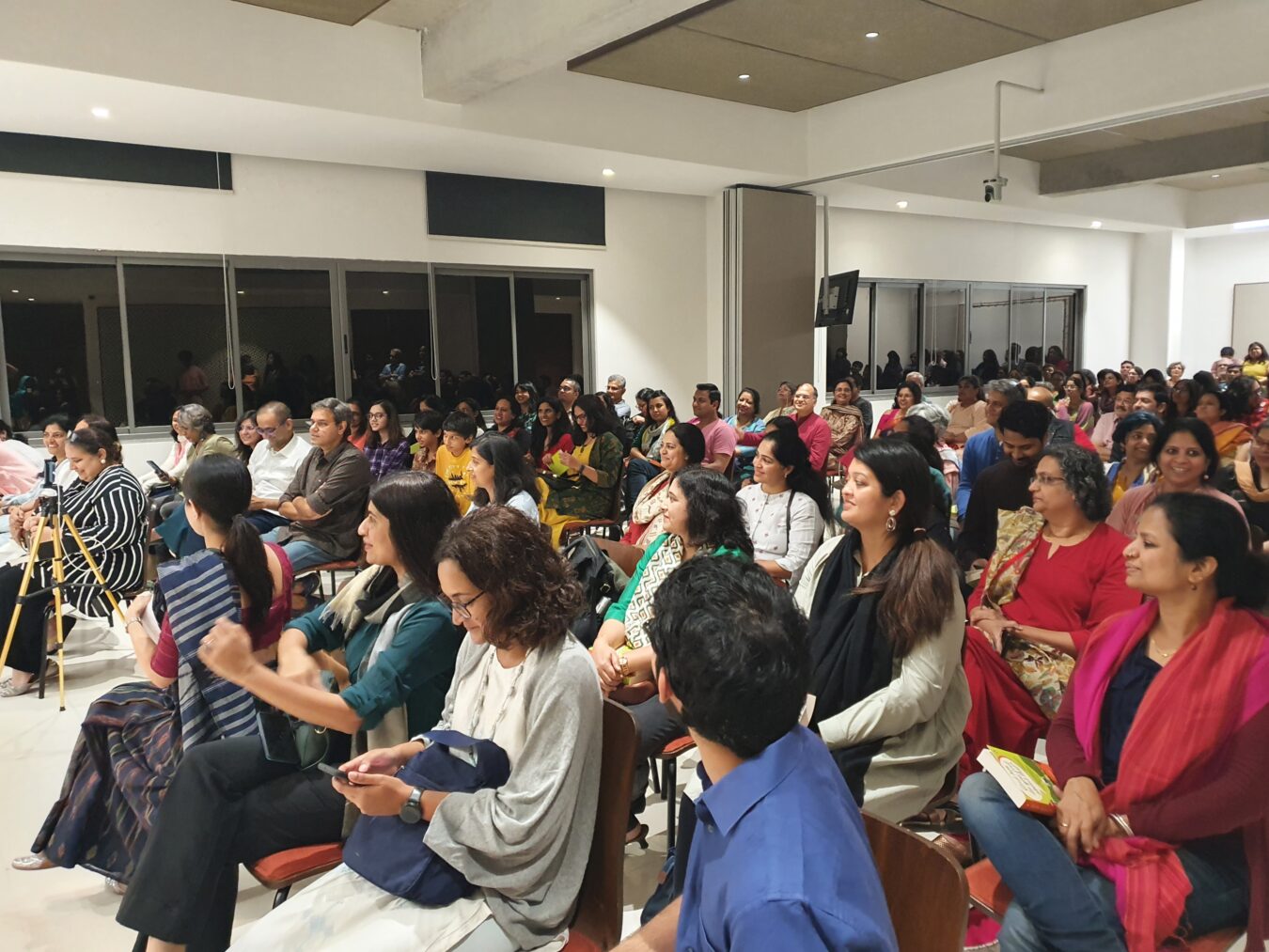
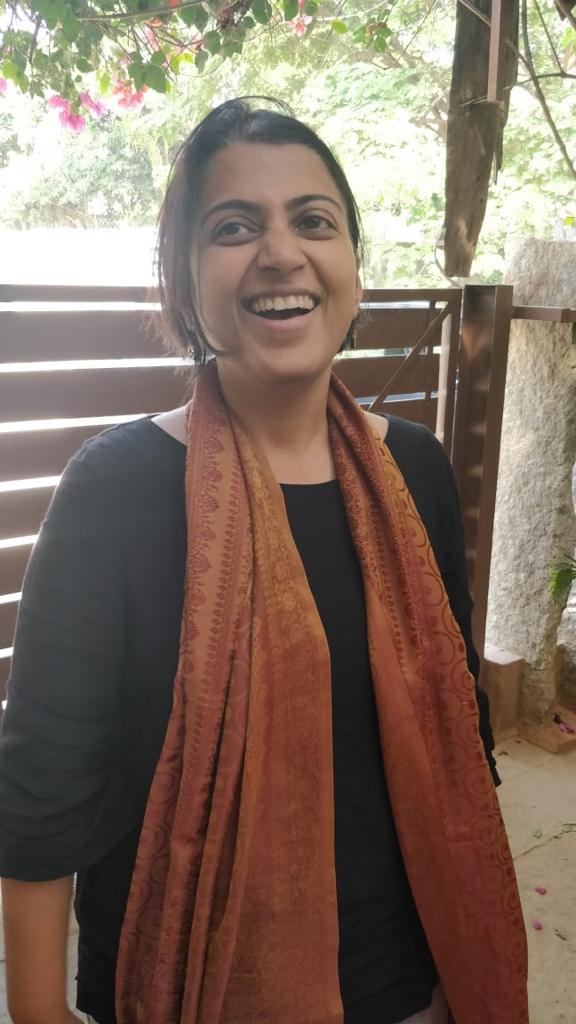
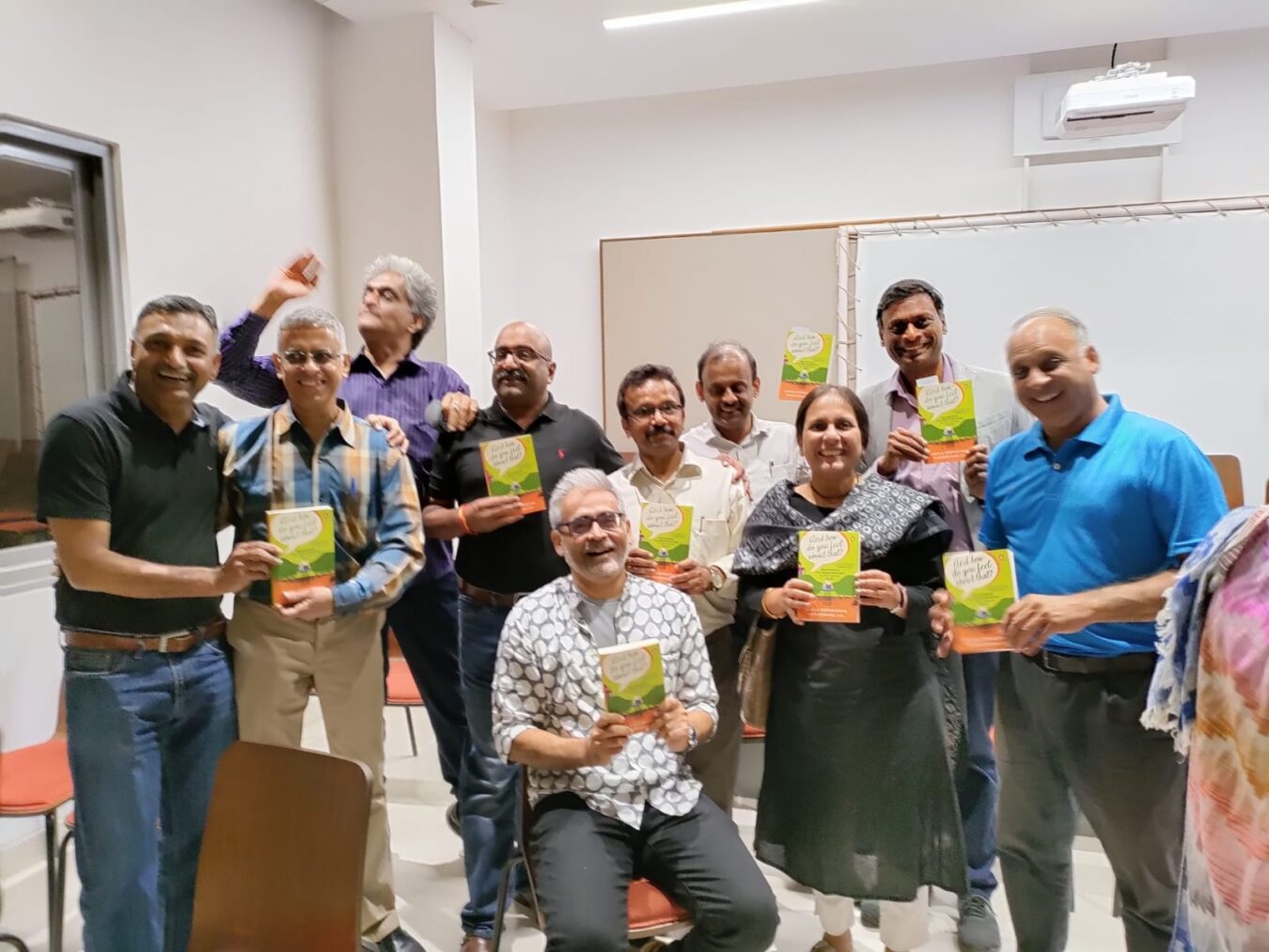
How has the transition from a corporate to a therapist been for you? Why did you feel the need to change your work profiles/field?
It was really the search for meaning. It involved taking a larger look at life and observing the impact of our choices on us and others and questioning fundamental assumptions about what was important.
The reasons that were common to both of us included a sense of personal reflectiveness about our inner worlds; the desire to create safe spaces for deep exploration of selves, a desire to help other people maximise their potential; and the creative challenge of making psychological theories accessible to a wide population.
If we put all this together, we think that the field that we have entered, that of Transactional Analysis therapy, is one which helps us bring so much of our creativity, talent, empathy – basically, our selves in service of the world – and this gives us great personal and professional satisfaction.
When should one consider taking therapy or seek help?
Therapy can help in a very wide range of situations and not just when one’s mental health is obviously suffering and causing dysfunctionality. We need to appreciate that it is really a space being created for reflection and for the feeling and exploration of emotions, within a relationship of trust and mutual respect; a skilled therapist will listen, ask questions, gently confront assumptions -and ultimately let the person find their own options. Hence, therapy can be useful in so many different situations; when one is feeling stuck or confused; when emotions are overwhelming or on the other hand, suppressed; even when one feels as though there is a problem but can’t clearly identify what it might be. Given that many of our problems originate in childhood, and none of us can have had the perfect childhood, we think it is fair to say that everyone can benefit from some exploration in therapy – provided that they choose to.
What would be the best way to stay connected with you?
We are actively creating content this year on our Instagram page @inthetherapyroom – our aim is to get over 100 videos on the basics of therapy and mental health out there in 2023! You can also write to us at contactintherapyroom@gmail.com. Individually, our websites – navgati.in (for Aruna) and allsomeness.in (for Yashodhara) contain our contact information.


